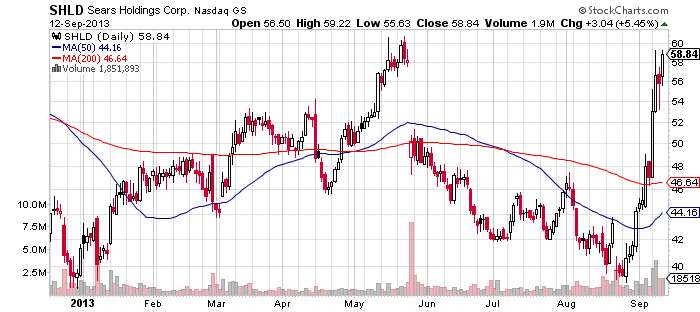Review of The Signal and the Noise: Why So Many Predictions Fail —but Some Don't by Nate Silver
Nate Silver's new(ish) The Signal and the Noise: Why So Many Predictions Fail —but Some Don't opens by crediting the increase in GDP per capita since the industrial revolution to the cumulative effects of the spread of information. And it is true that many measures of information exchange or accumulation have grown in perfect harmony with increases in production and standard of living.
However, this ignores a competing explanation, that the increase in our standard of living has been driven by an increase in available energy, and specifically energy sources that yield a big return (10-100x) on energy invested (EROEI).
In general, Silver has a superficial understanding of the topics he covers. He implies that Nassim Taleb discovered that financial variables have fat-tailed distributions (p368), when really fat tails are pretty old news to everyone in finance. He mentions that the average holding period of common stocks has been getting shorter, but apparently is not aware that this is cyclical, and the previous nadir was in 1929.
Silver misses the opportunity to develop systematic explanations for why people make bad predictions, for example the principal/agent problem. The problem is that Silver is a technocrat so he can't tell you that bureaucrats make bad predictions because of an incentive misalignment wherein they prioritize their careers over the lives and property of those whom their predictions can harm. Taleb always pounds the table about lack of skin in the game.
The worst parts are when the book succumbs to left wing dogma. For example, he preaches global warming with nary a mention that there was a Little Ice Age that ended in 1850.
Nate Silver correctly predicted one presidential election where the losing candidate took a dive and another where the losing candidate correctly predicted that he would lose because there was a winning majority already on the payroll of the incumbent.
2/5




.JPG)



